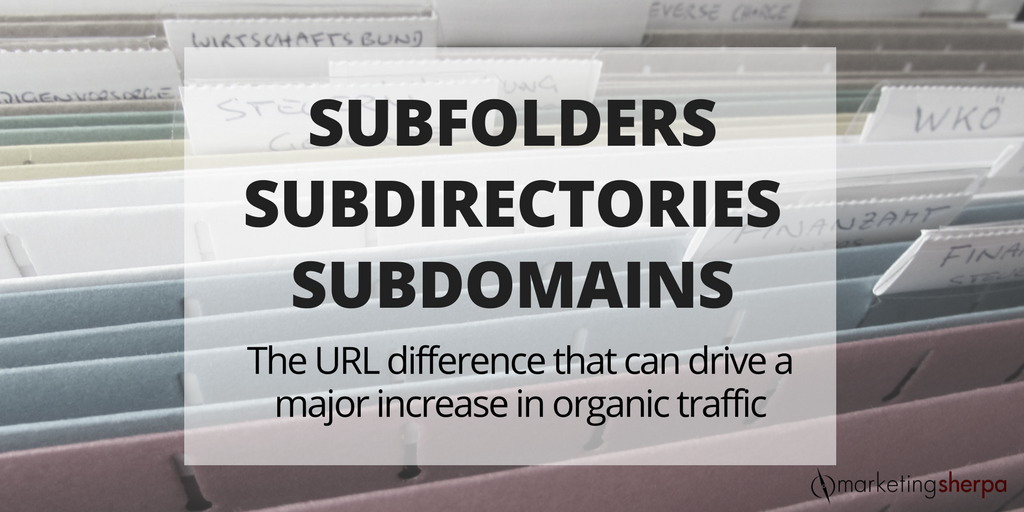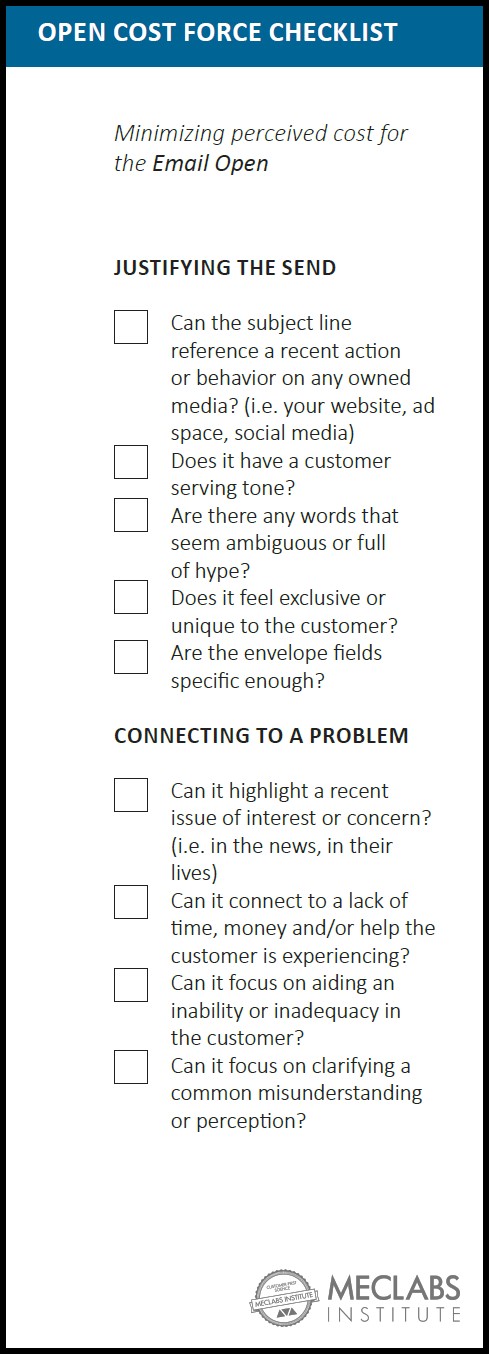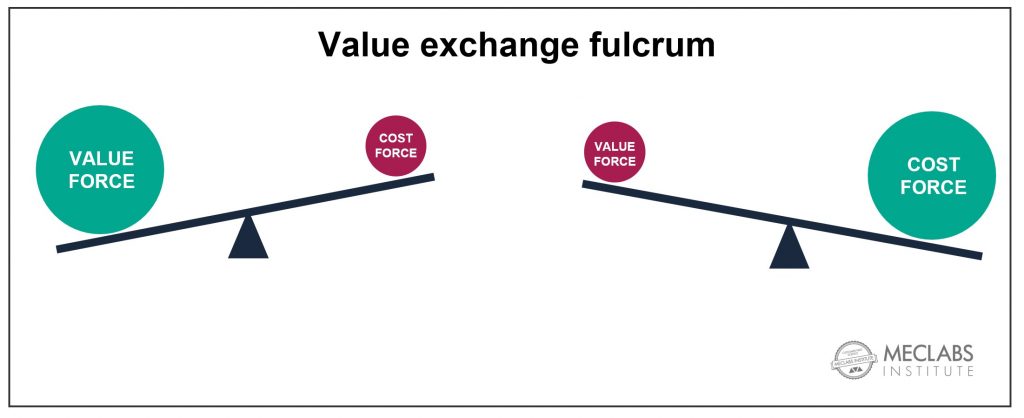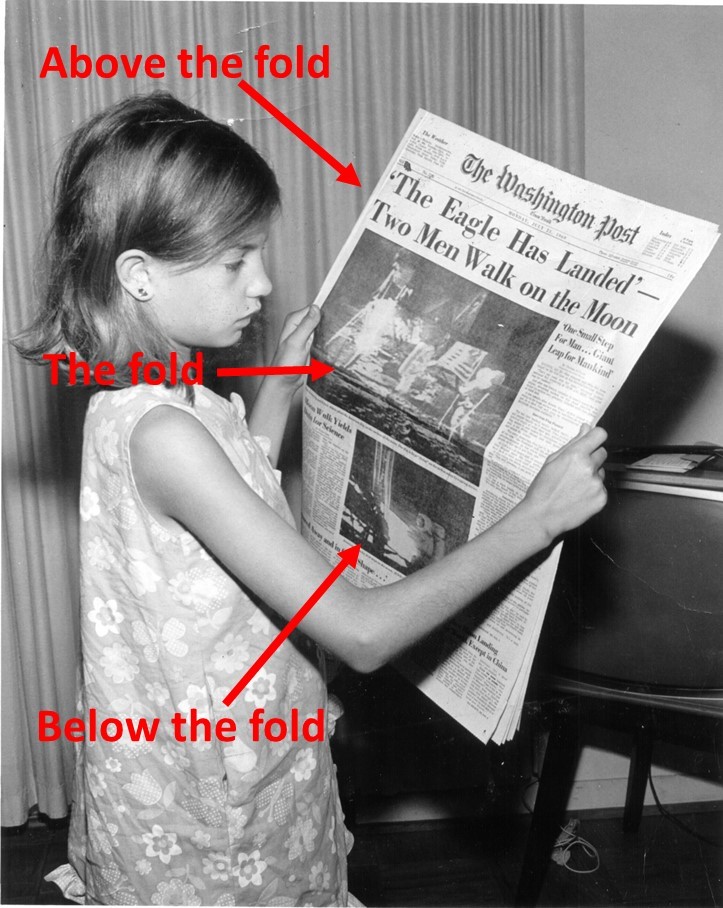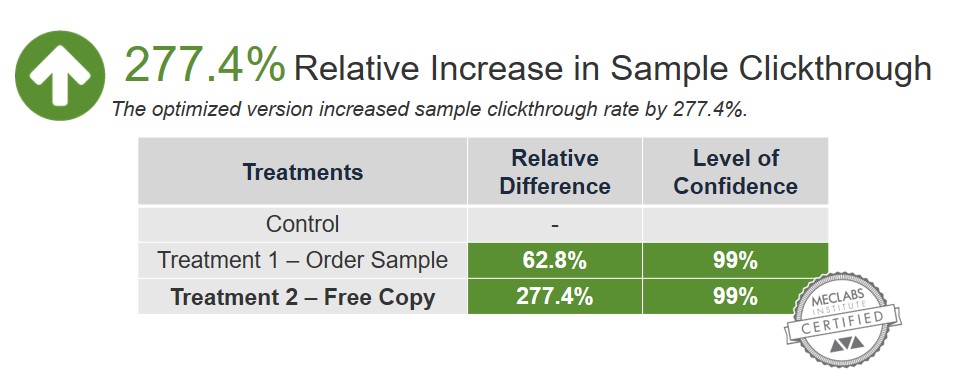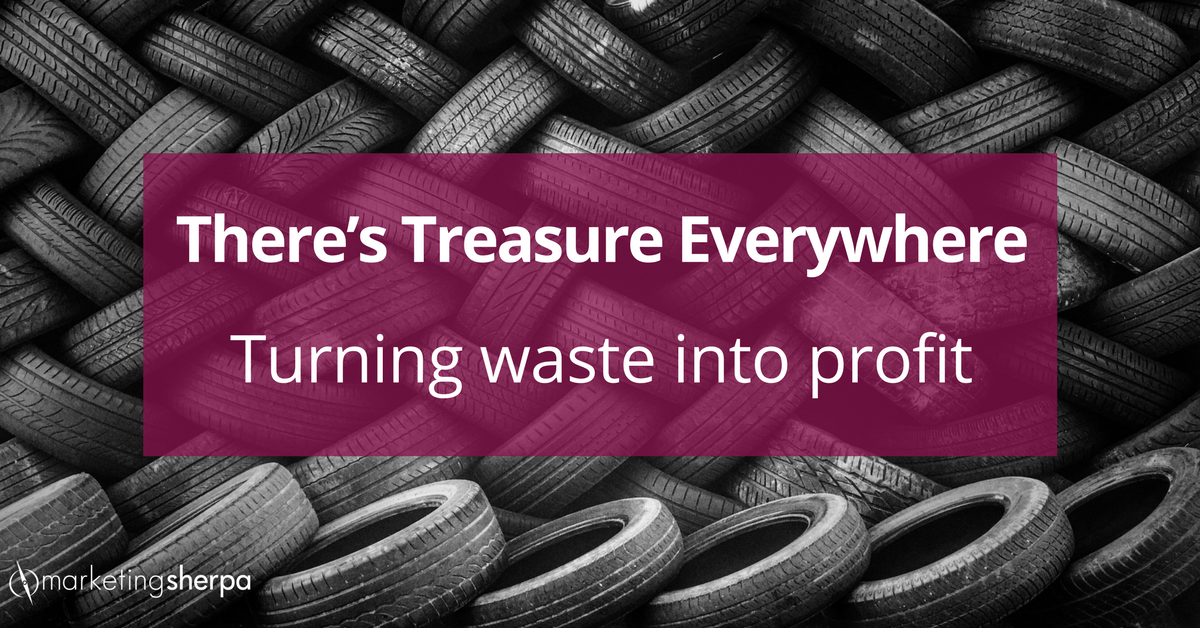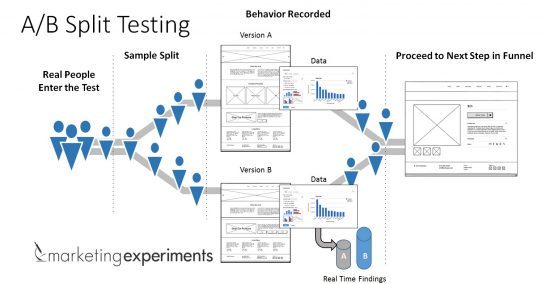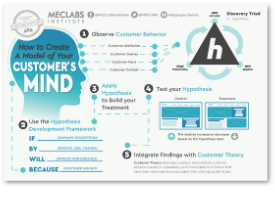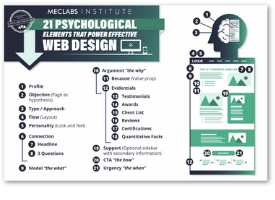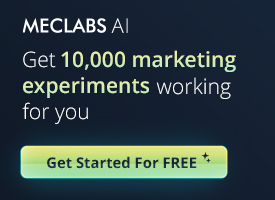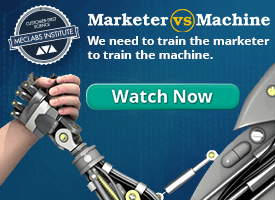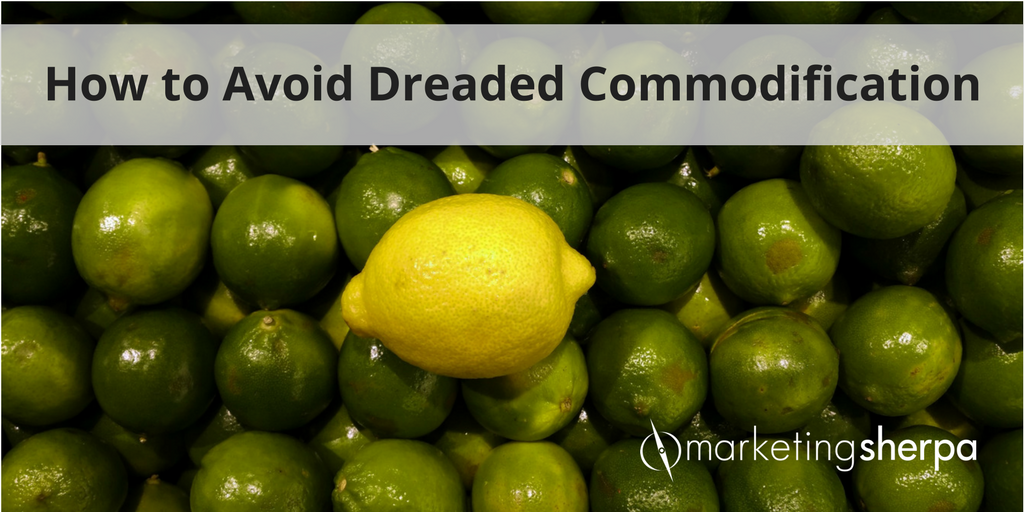
In high school, I never quite found my niche. I wasn’t a jock or preppie, neither freak nor geek. I just had to be me.
In other words, my focus was on my intrinsic value proposition, not what the competition was doing.
Competitive analyses are valuable, don’t get me wrong. They are necessary to ensure you have a unique value proposition. After all, your product isn’t for sale in a vacuum. I’ve worked with a competitive sales office in the past and you can learn a lot from win-loss reports as well.
But don’t go too far with this business intelligence. My point is this …
Don’t let the competition define you
At some point, you have to say, “screw the competition.”
If your focus is on the competition, you’ll just be another Why Bother Brand.
And if your focus is on the competition, it’s in the wrong place. Your focus should be on the customer. That’s the way you create differentiated value.
Here are three examples of focusing on the customers, not the competition, from otherwise commodified industries:
Example #1: Southwest Airlines
Airlines have become a dreadfully commoditized industry. Just look how they move in lockstep. One airline adds baggage fees, and then every other “me too” airline jumps in behind it.
Not Southwest Airlines. I’m sure it has analyzed the competition. I’m sure it is aware of fee revenue.
But that simply doesn’t work for this brand. So Southwest offers “No change fees. No matter what.” And communicated that value proposition cleverly in a recent TV ad about a coach who believed in his basketball team so much, he already booked tickets to the championship game.
The kicker, of course, is that the team doesn’t make it to the championship game and has to change their flight plans. Cue the tagline — “That’s Transfarency. Low Fares. Nothing to Hide.”
Does this mean you’ll fly Southwest every time? Probably not. I know I prefer non-stop flights. And you might have a favorite frequent flyer program.
But I tell you this — next time you’re charged $200 for canceling a flight, you’re going to remember that Southwest commercial. And if you go through negative experiences with your current airline enough, you may choose not to shop only on price but to favor flights from Southwest Airlines.
Read more…



